Children: How Many are Obtained in an Increasingly Technological World
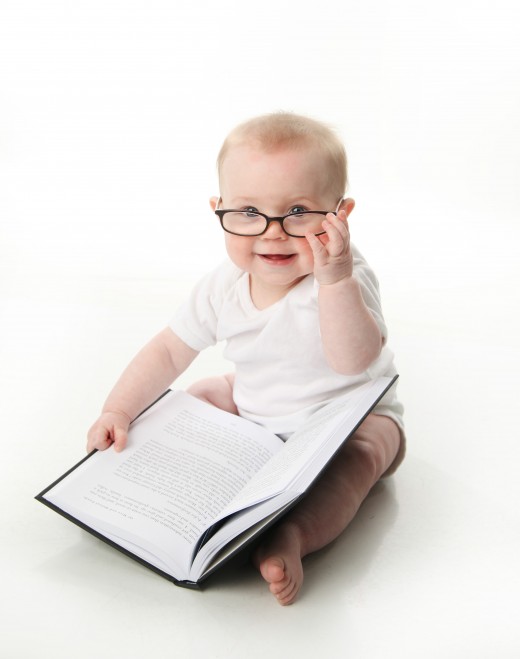
For most of human history our method of reproduction has been simple and straight to the point. If someone wanted children they'd get married and within no time at all most of these women would find themselves carrying a new bundle of joy. For the women who couldn't conceive life was often stressful. You can see many Biblical tales of women driven out of their mind trying to conceive children. This is probably a pretty accurate reflection of what infertile women have probably felt for many centuries, especially in societies where the role of women was to bore as many children as possible and really nothing else. Today we still have the occasional infertile woman (or man) but at least we have a range of options now!
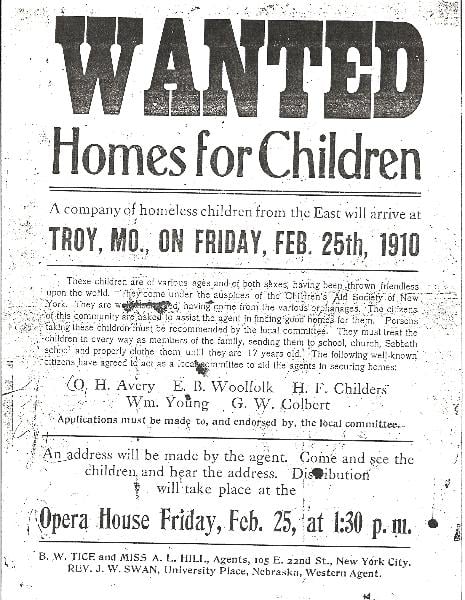
Adoption
Adoption is the oldest form of non-traditional child rearing. Adoption is a humane option for children who are orphaned or abandoned by their biological parents. In the United States we have a very poor history of taking care of these children. In fact if a child was orphaned and did not get adopted by extended family it tended to have a very bleak future. The more fortunate abandoned children would have been infants left at convents and churches to be raised or adopted out by nuns and possibly male clergy if the baby was a boy. Adoption by strangers was unusual. Sadly whenever there would be a disease epidemic the results would often be swarms of orphans in cities that had no other option but to band together and create the first street gangs our country had to offer. These kids were not thugs or punks, they were children who'd lost their families and who were struggling to survive and take care of each other. They caused problems when out of hunger they'd often steal food or badly needed supplies. By the 1850s it was estimated that 30,000 of these children were wandering the streets of New York City alone. In 1853 some of the larger cities started to gather these children, particularly the younger ones, and throw them on a train headed west. It was thought they could find families out there to take care of them but this may have been an overly optimistic look at our first foster care system. Instead of being formally adopted many children found themselves inspected like slaves or cattle and taken home to be indentured servants, not beloved additional family members. Abolitionists felt it was a form of slavery but it may have been preferable to orphanages which raised children in large batches but didn't have a tendency to produce positive outcomes. In fact due to a lack of attention form an overwrought staff many children suffered the painful effects of neglect and fell into various states of mental illness, having to go from the orphanage to mental institutions later in life.
Today our adoption system in the US is still not perfect but at least we're actively trying to avoid selling children into slavery. Strangers are much more likely to adopt today then in days previous and the world of adoption has gotten very large and comprehensive. Some adoptions don't even go through institutions first. They're called creative adoptions and usually entail a pregnant mother who picks the family she thinks would be best for her child once it's born. Sometimes the mother meets the family or has a relationship with the child, other times she does not. It's all up to the people involved. This sometimes causes some murky legal issues which is why a lawyer is needed throughout the whole process on both sides.
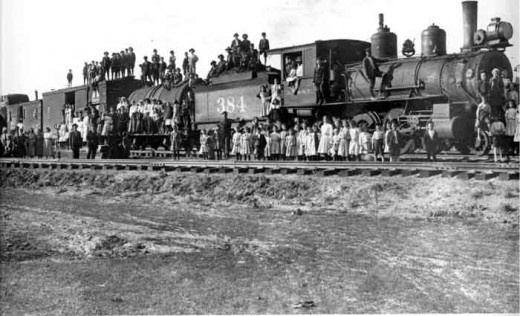
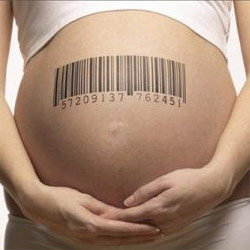
Surrogate Mothers
Surrogate mothers may have been used in the past but we have poor records of this. However it's not too hard to believe that a sister or cousin might give a baby to an infertile family member who they are close to. Today surrogacy is a little more complicated and generally works out between perfect strangers.There are three types of surrogacy. The first is for women who are infertile. In this case the infertile woman may hire a surrogate to have a baby for her (generally fathered by the husband of the infertile woman.) However the baby will genetically still be the surrogate mother's biological child and because of this she'll need to sign off all parental rights in order for the baby to join its intended family. If a surrogate changes her mind after birth this can cause massive legal issues. Twins can also be a legal head ache if they are conceived and the original couple only wanted one. In some cases surrogate mothers have been pressured to abort one or more babies or are left with any additional babies after birth. They can also be sued because of this.
These issues can be more common in the second kind of surrogacy - that which involves in-vitro fertilization. These are for women who cannot carry a baby to term. Instead they get the labs involved who take eggs from the woman and sperm from her chosen man and create fetuses outside the womb. From here they will be implanted into the surrogate mother who will carry them until they die or until they're born. It sometimes takes several tries because fetuses implanted in this manner don't always make it the whole nine months, in fact about half don't. That is why it is common practice to implant numerous fetuses into the surrogate mother - but what happens if they do survive and she is carrying twins or even triplets? It's a mind-boggling idea. Still many have given this a try to have seen the fruits of their efforts.
The third type of surrogacy is often off-record. It is when a woman volunteers to create and carry a baby for a gay couple. No one knows how many of these cases of surrogacy there are because they don't always go through institutions or legal processes to do this.
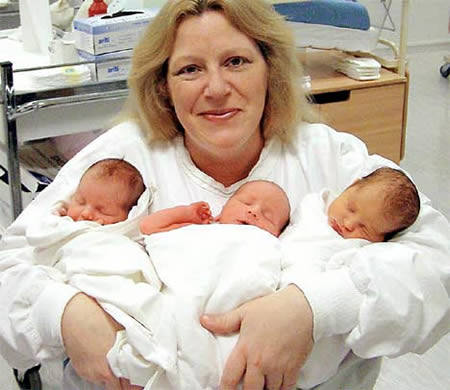
Donor Babies
Sometimes fertility isn't the woman's issue but her husband's. This is the reason that sperm clinics started to evolve. It didn't seem fair for women who were perfectly fertile to not be able to have children of their own. It was less common for single women to take the route but some did. And eventually lesbian couples considered this an option as well. In time sperm clinics evolved. Although their donors remained anonymous they started to keep profiles on them - what ethnicity they were, how tall they were, what color hair and eyes, and perhaps more importantly they started to keep track of things like educational levels and hobbies. It didn't take long before vials of sperm with high IQ donors started to fetch higher prices because that what many of the woman were looking for. Of course genetics is only one factor - when it comes to IQ nurture might be just as important.
These clinics had unintended consequences a generation later. Babies who were born without knowing who their father was sometimes learned later in life that they'd accidentally married a sibling or other family member. There have also been the odd scandal here and there. Bertold Wiesner opened a clinic in London in the 1940s. Wiesner started to use his own sperm for donations without telling the women he was giving it to. Twenty years later he may have sired as many as 600 children but this wasn't known until many years later after his death.
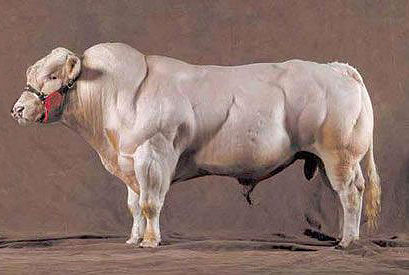

Fertility Treatments
Today there are just about as many fertility treatments as there are contraception choices. Now infertile women have all sorts of tests and diagnoses which can help them being treated with their individual issue. Of course it doesn't always work but infertile women have a far better chance of having babies now than at anytime during the past. With fertility boosting drugs, synthetic hormones, herbal supplements, and growing technologies like in-vitro fertilization, there's a lot of options. Still even with these technologies these treatments can take years to work successfully and some never manage. It's a long and frustrating process to many a couple.
Pre-Sexed Babies
Did you know you can now chose the sex of a baby before it is born? I was related to a family who had eleven daughters because they wanted a son. When the baby number twelve came around he was indeed a boy but by then his mother was old and he suffered from pretty severe retardation. They gave up after him. Today couples don't have to go through trial and error, at least not with their own wombs. Preimplantation Genetic Diagnosis is the best way to do this. Basically for a cool $20,000 you can have the lab grow you some fetuses in a petri dish, test their sex, and only implant the ones that come out positive for whatever gender you're going for. Of course being in-vitro fertilization there's a pretty good chance the baby won't make it to term but if it does this technique is supposed to be near 100% accurate. Some people may not like the idea of creating fetuses that'll have a 50/50 chance of being tossed out so you'll be happy to know that some scientists are working on identifying the sex of sperm. Apparently sperm that produce male children are often small and fast, whereas sperm that create female children tended to be big and slow. You end up with a Tortoise and the Hare scenario which can work out. With 75-90% accuracy a company called Microsoft will dye the sperm samples and sort out the boys from the girls for you. Girls will be born 90% of the time they're chosen and boys will be born 75% of the time they're chosen because apparently they're harder to sort all the ladies out. The Ericsson Technique is similar but somewhat lazier. Instead of manually separating the sperm out they just put it in a test tube filled with glue. Whoever reaches the bottom first is obviously boy producing sperm, sorted for the low low cost of $600. They claim this works as much as 75% of the time. For couples on a budget there are many wild unscientific options that probably work as well as flipping a coin. They include changing your sexual position, conceiving on particular days during the woman's cycle, and eating gender-friendly foods.
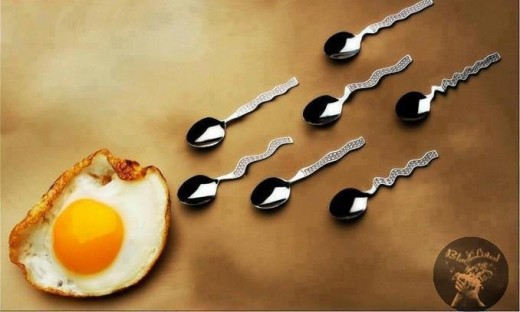

Babies with Two Biological Mothers
Australian scientists were looking for a method of creating babies from men who couldn't produce sperm when they invented a technique that could use any cell in the body to produce a baby, not just the sperm. As fantastic as that was so too was the idea they could eventually use two eggs from two separate moms to do the same thing. The only catch was that babies resulting from two women did not have the genetic possibility of being male, so they'd all be daughters. This could mean in a few hundred years men could be non-existent, having served no more biological need for us women, but we'll probably keep you guys around anyway. Consider it an act of good faith. We will likely just leave this technology to infertile men and lesbian couples and call it good.
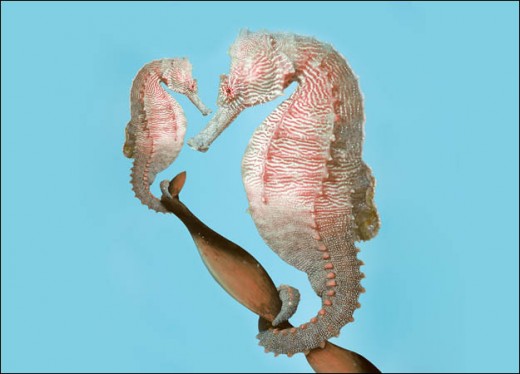
Dad the Mom-Dad
If letting the male species die out isn't your thing maybe making them carry the babies is. Fetuses, you see, don't always end up in the womb. Sometimes the process can go wonky and the fetus can find itself the central character in an ectopic pregnancy. These babies will never be able to be brought to term. If they're in the fallopian tubes they'll grow too big and burst them, potentially killing the mother through blood loss. If they are attached to other organs they can literally suck the life out of mom. However just the fact these fetuses can exist in such a manner gives us hope maybe they can be implanted into dad. Men do have enough space in their abdomen to carry a baby, like a seahorse father, and have it attach to their abdominal wall. The biggest problem would probably be getting the baby out. As far as we know no one has actually tried this but it is theoretically possible. It might work or it might not. Men can sometimes lactate like a woman so why wouldn't they be able to carry a baby? Well, hormones might be an issue... but we'll never know if no one bothers to try!
if you liked this articles feel free to check out others by Theophanes:

More from this Author:
Blogs:
Catching Marbles - A New England based travel blog
Tales from the Birdello - For all homesteading and farming matters
Deranged Thoughts from a Cluttered Mind - For funny personal anecdotes
FaceBook:








